In Part 1 of our examination of the Latin Empire of Constantinople, we saw how the Crusaders knocked over the Byzantine elite, replacing them with a Western feudal-style empire, headed by one of the leaders of the Fourth Crusade, Baldwin of Flanders. In this concluding part, we shall see how this attempt at carving out a Western Christian Crusader state was ultimately doomed. A series of military setbacks would leave the Latin Empire constantly on the back foot, stripping away most of its competent leaders, and leaving a series of children on the throne. The other powers of the region – including the Greek successor states, the Bulgarian Empire and even some rebel Latins – would make a lasting stable state impossible. Eventually, the Greeks would reconquer their Empire and restore Byzantium – but the refounded Byzantine Empire that emerged would be forever scarred by its conquest. The Latin victory was the beginning of the end of the Roman Empire.
The Headless Empire
Almost as soon as the Crusaders elected Baldwin I to be the Latin Emperor, disaster befell them. The Bulgarians, to the north-west of former Byzantium, had rebelled against Byzantine rule in the previous decades, and under their new Tzar Kaloyan they sought to secure their independence. Entering into negotiations with Pope Innocent III, it looked like the Bulgarians would be recognised as a valuable Christian bulwark in the region – but the wayward Crusaders seemed to have little patience with Bulgarian pretensions of independence. Rebuffing diplomatic overtures, Baldwin and the other Crusader leaders paid little heed to their weak position in the region and began launching raids into Bulgarian territories. Provoked, Tzar Kaloyan threw his support behind Greek rebels in Thrace, expelling the Crusader garrison at the ancient city of Adrianople.
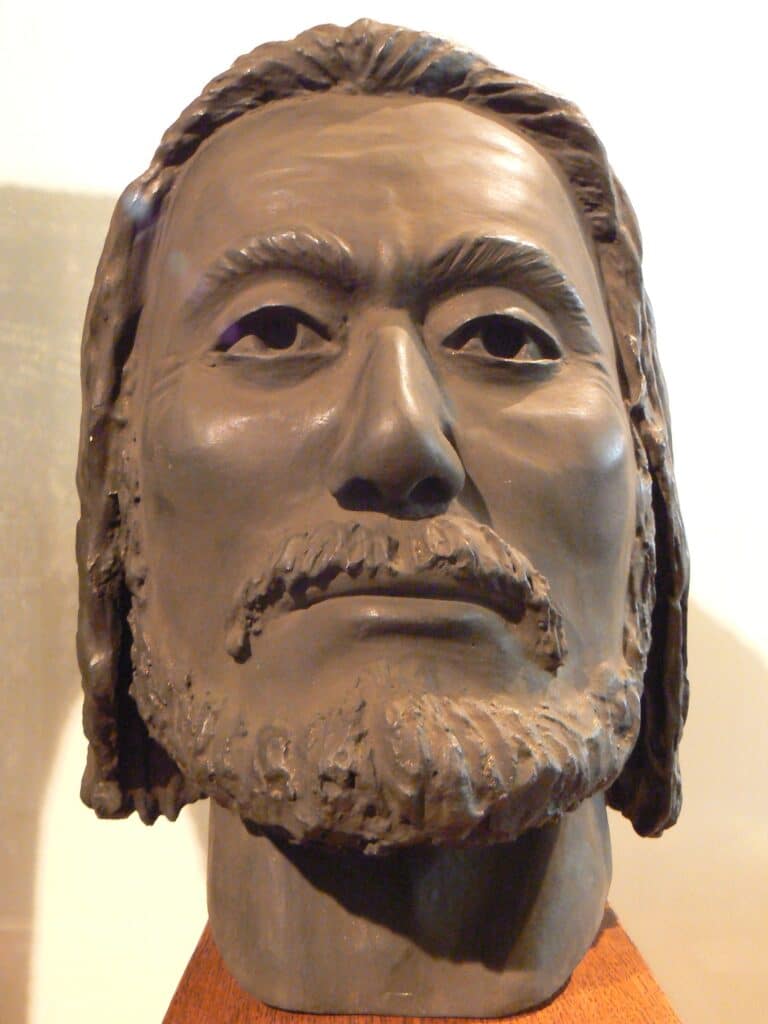
Baldwin and many of the leaders of the Fourth Crusade gathered their knights and marched to retake the city, but Tzar Kaloyan drew the Crusader army down a narrow ravine and into a marshland. There, the a joint force of Vlachs and Cumans slaughtered the Crusaders, killing many of the Fourth Crusade’s leaders and taking Baldwin himself prisoner. Geoffrey of Villehardouin, historian of the Fourth Crusade and subsequently Marshal of the Latin Empire, was also present at this battle, and he estimated the Bulgarian force at an enormous 54,000, but it is more likely that there were at least twice as many as the 4,000 Crusader force. Baldwin did not survive long in captivity: whilst he seems to have been treated well at first and imprisoned comfortably in a tower still known as ‘Baldwin’s Tower’ at the fortress of Tsarevets, historian George Akropolites retells Baldwin’s grisly murder by the Tzar in a fit of rage, with his skull being made into a drinking vessel.
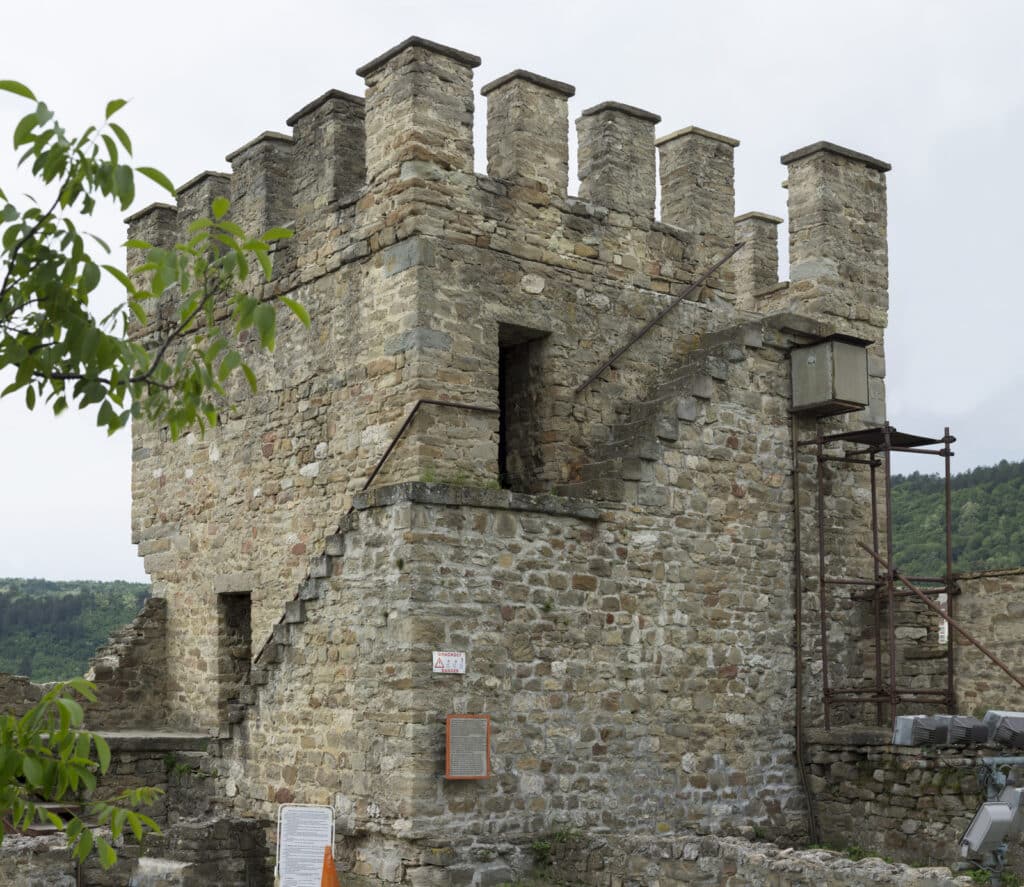
Leaderless and paralyzed, the Latin Empire would be drawn into a ‘Greek ulcer’, with its wars in the western Greek territories constantly sapping its resources and military power. For more than a year, Baldwin’s whereabouts was unknown, and the rudderless Latins could not replace an Emperor who might still be alive. When a letter from the Tzar telling of Baldwin’s death in captivity finally arrived in Constantinople, Baldwin’s brother Henry, who had acted as regent, was crowned. Henry would prove a fierce and effective ruler – but he was constantly hamstrung by rebellions amongst his allies. The Bulgarian Empire fragmented after the murder of Kaloyan in 1207, and they became nominal allies with the Latins when Henry married Kaloyan’s daughter, Margaret of Bulgaria. But as this threat waned, a new one arose: the Lombard lords of the Kingdom of Thessalonika refused to pay homage to the new Latin Emperor. These cracks foreshadowed the cutthroat coups that would be the end of the Roman Empire.
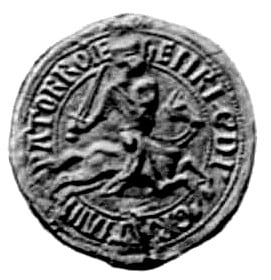
And, sadly, the charismatic Boniface of Montferrat was no longer around to keep them united within the Crusader Empire. As was inevitable for a man who lived by the sword, Boniface died by it: like his nominal Emperor, Boniface had been killed in a Bulgarian ambush, and his head sent to Tzar Kaloyan. Interestingly, his court poet and close personal friend Raimbaut de Vaqueiras was also killed in the engagement – it is from his poetry that we gain much insight into the Crusader courts of the Latin Empire. Henry girded himself for war against Latins, and fought a series of exhausting campaigns against his former allies in the Kingdom of Thessalonika, never fully incorporating them back into the Empire.
Henry and Yolanda
Henry proved to be a more adept leader, and had a markedly different character than most of the other Crusader leaders. Where Boniface was brash and daring, and where Baldwin was pious and severe, Greek historians single Henry out as a fair and evenhanded ruler. He adeptly contained both the Nicaeans in the south and the Bulgarians in the North, and displayed a knack for handling the Greek population with pragmatism and even graciousness. However, his rule would be comparatively brief: whilst he steered the Latin Empire through its rough founding years from 1205 to 1216 CE, fending off annihilation at the hands of the Greek successors, he would die in his prime at the age of 40. Tradition holds that he was poisoned by a Byzantine courtier at the behest of his wife Maria of Hungary, who was disgusted at his policy toward her people.
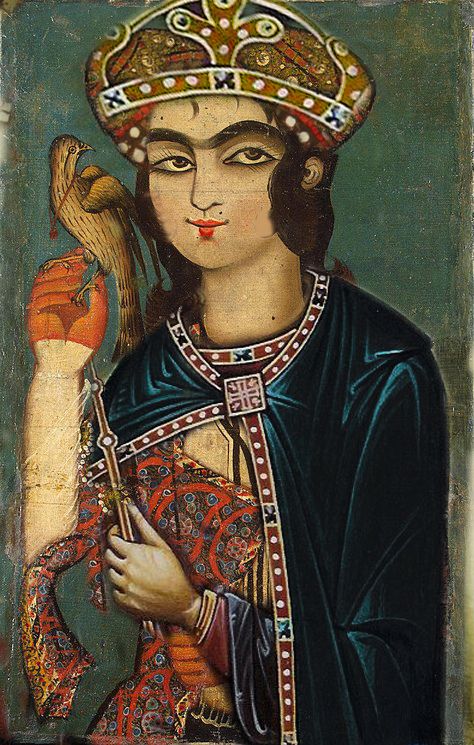
Facing another muddy succession, the Crusaders selected the veteran Crusading knight Peter of Flanders – many of the nobles of the Fourth Crusade had served alongside him on previous Crusades, and they knew he would be a dependable and strong leader for the shaky Latin Empire. Summoned from his lands in France, Peter made the journey to Constantinople, but he never arrived. He was captured en-route by the Despot of Epirus and imprisoned. He would eventually die in captivity after two years, having never governed the Empire. However, his wife Yolanda of Flanders had travelled ahead of him, arriving at Constantinople safely – and when he failed to arrive, she determined to rule as regent herself. Yolanda was a skilled diplomat, and is referred to as ‘Latin Empress’ in contemporary documents, demonstrating that she was more than a passive regent for her young sons. She concluded a peace with the Bulgarians, and pulled off an impressive diplomatic coup by marrying her daughter Marie to Emperor Theodore I Lascaris of the Empire of Nicaea.
Enter the Nicaeans
The Empire of Nicaea has not featured strongly in our narrative – because they were wisely playing the long game. Nicaean Emperor Theodore I Laskaris, one of the leaders of the Constantinopolitan resistance to the Crusaders during the Fourth Crusade, turned out to be a highly energetic and effective leader. When it became clear that the Crusaders would not be quickly defeated by the Bulgarian invasions in the north-west, Theodore concluded the marriage alliance with Empress Yolanda, building his own strategic resources without engaging in fruitless conflict with the Crusaders whilst they were still strong. As well, Theodore was also able to contain the Sultanate of Rum with a clever combination of diplomacy and defensive warfare.
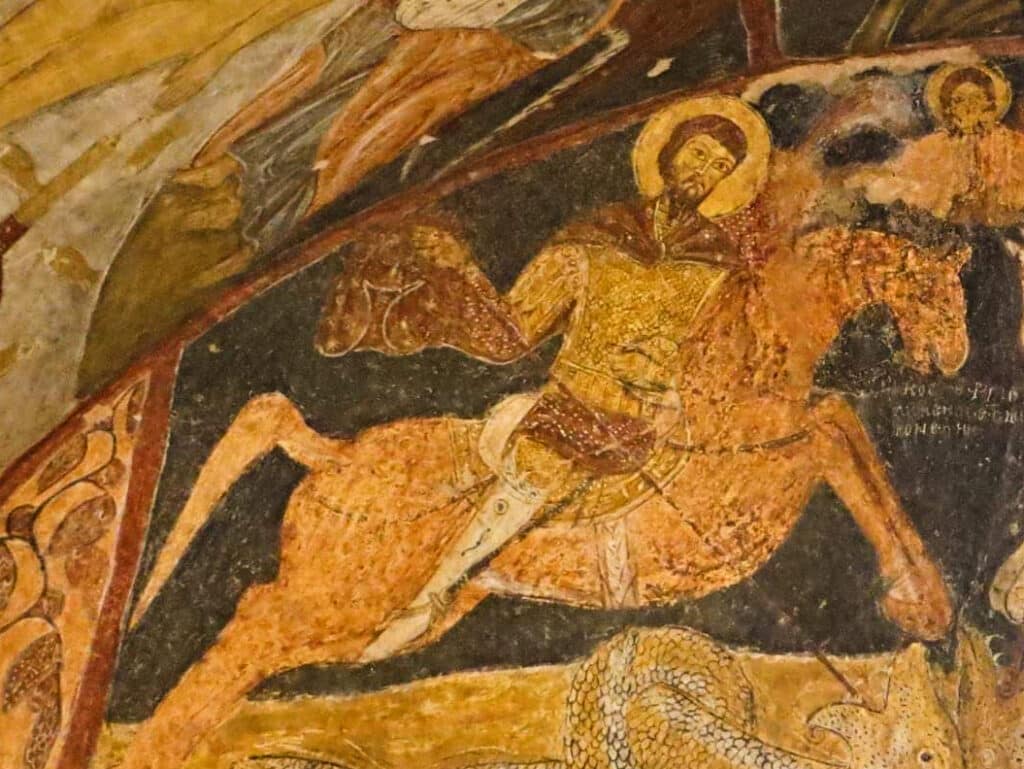
There was little sign that the Greeks were looking down the barrel of the Roman Empire. The Nicaeans first defeated and absorbed the Trebizond state on the Black Sea coast, and then quietly begun acquiring territories on the Balkan peninsula. On Theodore’s death from natural causes in 1221 CE, the Nicaean state was highly dynamic and successful, functioning as a serious ‘empire-in-exile’ with its own bureaucracy and tax collection systems, and boasted a powerful military bolstered by Latin mercenaries (often paid more than the Crusaders could offer!).
The Nicaean Threat
Relations between the Latins and the Nicaeans only began to sour in the late 1210s – Pope Innocent III sought to compel the Greek population of Constantinople to abandon their Orthodox faith, and Theodore became a champion for Orthodoxy, receiving many exiles from the Crusader lands into Nicaea. After the death of Theodore I, a succession struggle broke out between Theodore Laskaris’s brothers, and his son-in-law John III Doukas Vatatzes – Latin Emperor Robert de Courtenay chose to intervene in the conflict in order to support Theodore’s brothers, whom he saw as more likely to maintain the status quo beneficial to the Latins. At the head of a Latin army, the surviving Laskaris brothers marched into Asia Minor to enforce their claims, and they met John III’s army near a chapel dedicated to the Archangel Michael. The Battle of Poimanenon, in 1224 CE, was a crushing victory for the Nicaeans under John III – so much so that Byzantine historian George Akropolites charts this battle as the beginning of the end of the Crusader state in conquered Byzantium. The battle resulted in the deaths of many Latin knights, and the capture of the Laskaris brothers, who were subsequently blinded by the victorious Emperor John III.
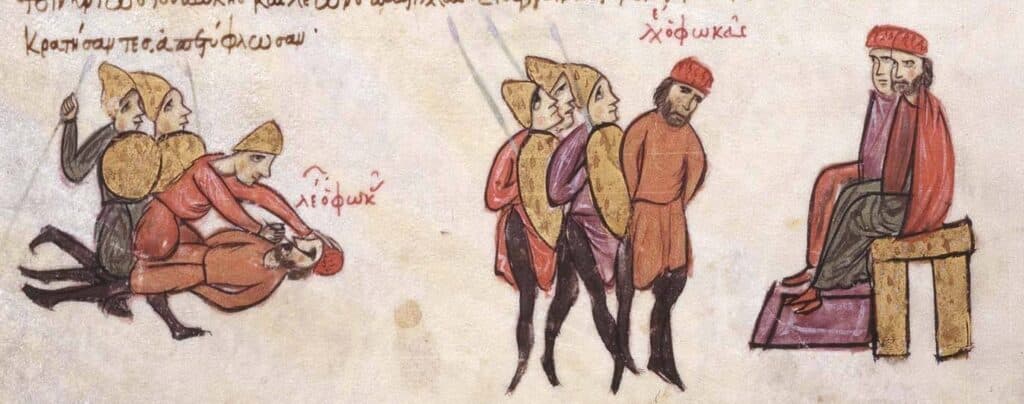
The Beginning of the End
It seems that the Crusader state had more or less foundered upon the rocks of the (literally) Byzantine regional politics. The city was only preserved in its independence by the uneasy balance of power between the Bulgarians, Epirotes and Nicaeans. It seemed only a matter of time before one of them eclipsed the others, and dislodged the Crusaders from Constantinople permanently. The untimely death of Emperor Robert of Courtenay (second son of Empress Yolanda) in 1228 CE left his nephew Baldwin II as a child-Emperor under a series of regents, being only eleven years old upon his accession. The greatest threat facing this unstable government was the Despotate of Epirus, which had expanded greatly at the cost of the Crusaders, conquering Thessalonika and Thrace – but the Bulgarians temporarily saved the Crusader state – albeit in much reduced form – with a truce in 1228 CE.
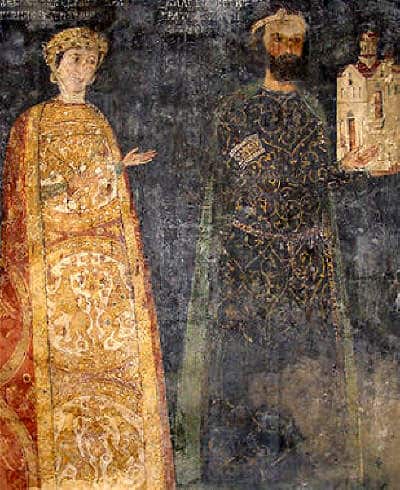
It seemed that the most obvious choice of regent for the young Baldwin II was the Bulgarian Tzar Ivan Asen II, but the Greek state of Epirus turned on the Bulgarians in order to prevent them from winning the war for the prize of Constantinople. At the Battle of Klokotnitsa, a Bulgarian force under Tzar Ivan Asen II smashed an Epirote army more than twice its size, taking the Epirote Emperor prisoner, and decisively ending the pretensions of Epirus to be the successor to the dispossessed Byzantine Empire. Not long after, the Despotate of Epirus would submit to the only remaining major Greek state: the Empire of Nicaea.
From Bad To Worse
So – in 1230 CE, the situation was grim for the Latins. Any chance of a stable balance of power looked to be fading fast. The Bulgarians had comprehensively smashed the Despotate of Epirus, and the Nicaeans were folding the Balkan Greek states into their empire at an alarming rate. And as if to make matters worse, Emperor John III Vatatzes of Nicaea and Bulgarian Tzar Ivan Asen II concluded an alliance, sealing it with the marriage of John III’s son Theodore to Tzar Ivan’s daughter Elena. The Latin Emperor Baldwin II, still only 17 years old, and his regent John of Brienne, now faced a joint invasion of Bulgarians and Nicaean Greeks.
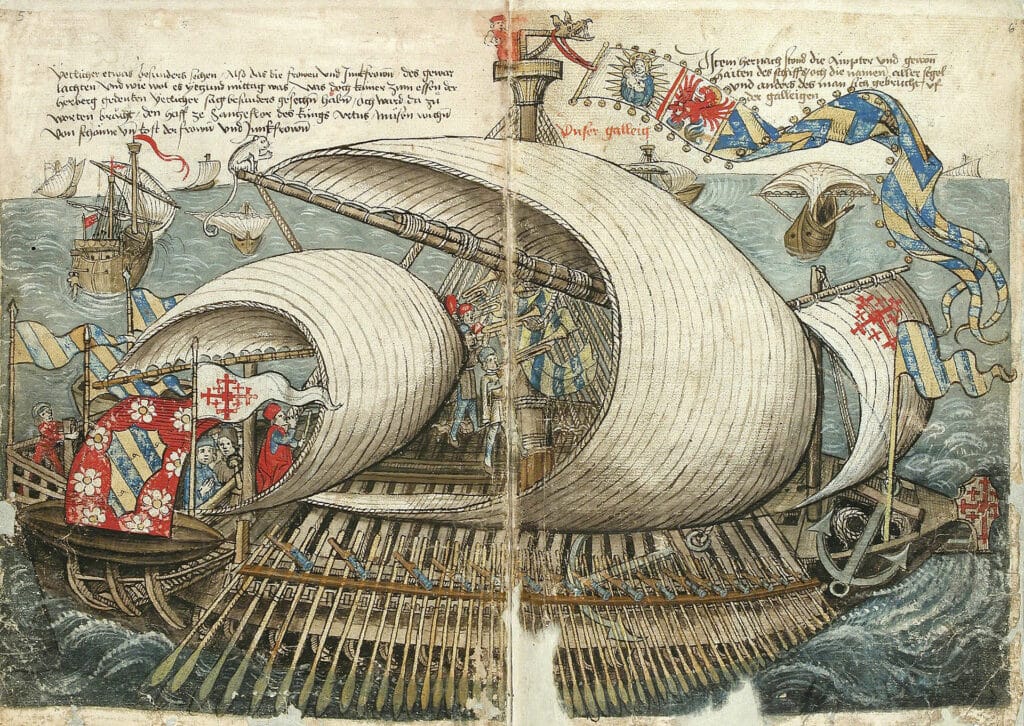
Beset from both sides, the Crusader armies crumbled. The Nicaeans made huge territorial gains on the East bank of the Bosporus, and the Bulgarians seized the city of Adrianople, only 150 miles from the capital. In the summer of 1235 CE, the worst nightmares of the Crusaders were realized: a Bulgarian-Nicaean force set out for Constantinople, with the aim of toppling the Latin Emperor for good. But the Theodosian Walls, built in the early 5th century, proved to be decisive yet again in Byzantine history: the Bulgarians and Nicaeans failed to overcome the defenders, and Venetian nobles in their newly-acquired Eastern Mediterranean fiefs assembled a relief navy to break the siege. Soon, rifts broke out between the new allies, and faced with a prolonged siege that might take years, the joint operation faltered. In 1237 CE the Emperor-regent John of Brienne died, and this raised the same problem which had soured relations between the Epirotes and Bulgarians a decade earlier – the prospect of the Bulgarian Tzar becoming regent for Baldwin II. Faced with this unacceptable possibility, the Nicaeans withdrew back to their new marches in Asia Minor.
A Rump State
The Latin Empire had survived by the skin of its teeth – it was not the end of the Roman Empire yet – but it had been saved only by rivalries amongst the circling vultures. For thirty years, the city of Constantinople languished: Baldwin II, now free of his regency but ruling little more than the environs of the city, toured the courts of Europe to try and raise funds and supporters for campaigns to retake the lost Latin Empire, but never met with any success. In 1238 CE, he even pawned the supposed Crown of Thorns which had been placed upon the brow of Jesus during his crucifixion, kept reverently in Constantinople’s holiest vaults, to the Venetians as a down payment to King Louis IX of France for troops. Though he raised a significant army with the money, his campaigns were ineffective, and he lost the remaining Anatolian holdings of Latin Empire to the Nicaeans.
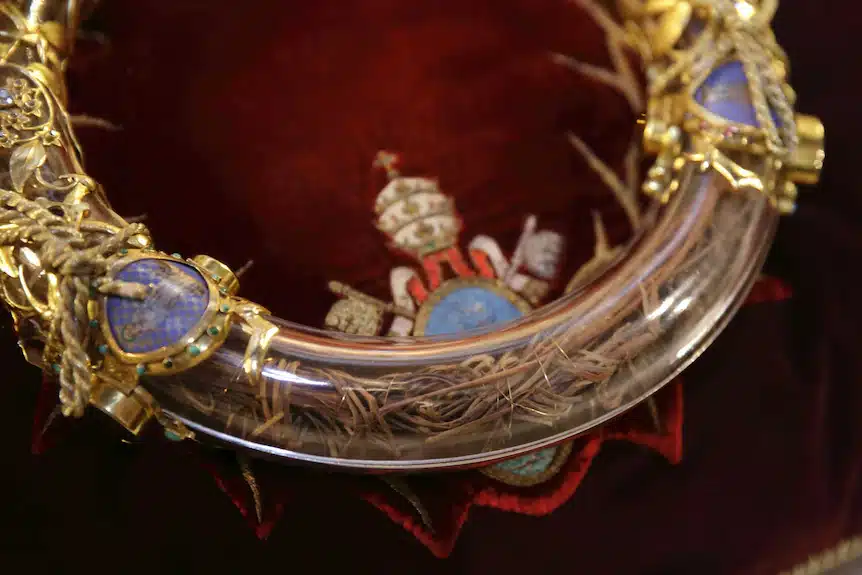
Shamefully, he was even forced to hand over his only son Philip to the Venetians as surety for further loans to maintain the running of the state (fortunately, the boy was later redeemed from his debt-imprisonment by Alphonso X of Castile). The Byzantine successor states were preoccupied with other matters – for example, Nicaea had to deal with the Mongol invasion of Anatolia and the fallout from the vassalage of the Sultanate of Rum, and the Bulgarians were beset by infighting and invasions from Hungary – and so the largely powerless Latin Emperor was left mostly alone.
The fall of the Latin Empire of Constantinople became an inevitability at the end of the 1250s CE. The Nicaeans were revitalized by an energetic general named Michael Palaiologos, a former mercenary who had seized the regency over a boy-Emperor. The general-regent was wary on the throne, and he set about the only task which could secure his legitimacy: the final reconquest of Byzantium. A grand alliance, composed of the Latin states, the Epirotes and King Manfred of Sicily, formed to oppose Michael at all costs, but he was a highly accomplished military leader. Striking northward into the Balkans, Palaiologos fatally struck at the Epirotes (his own rebellious vassals) whilst sending diplomats to the other allied powers to sow discord in the alliance. At the climactic Battle of Pelagonia in 1258 CE, this strategy paid dividends: the Epirotes withdrew on the eve of battle, with the Epirote Despot’s own son defecting to the Nicaean camp, leaving the Crusaders standing alone.
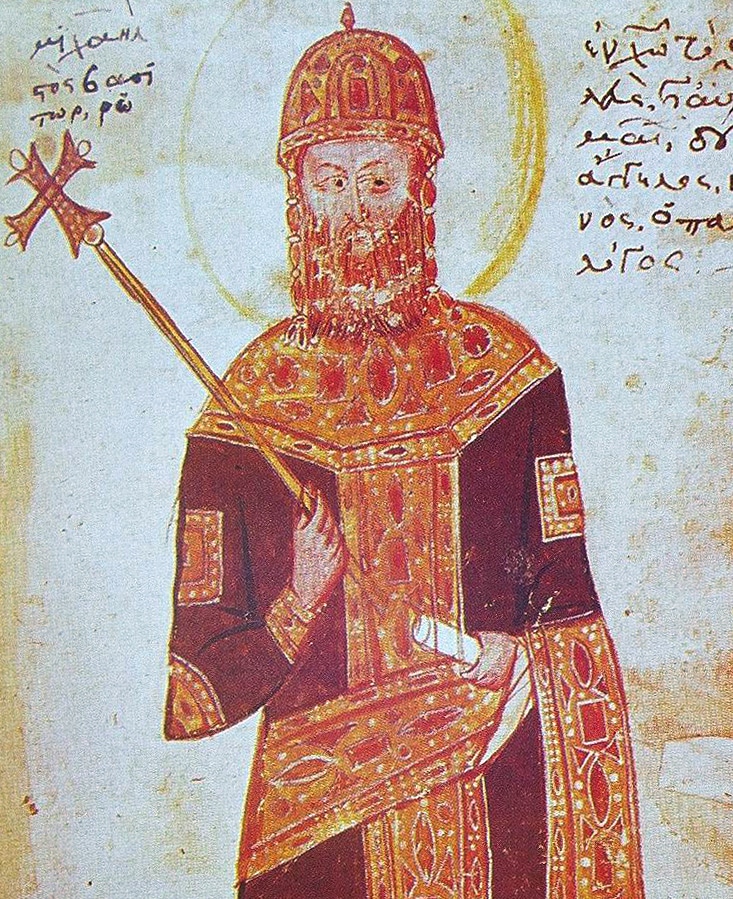
In the end, the anti-Nicaean alliance was fatally hamstrung by the same rivalries which have split apart all of the contenders for Constantinople. Accounts of the battle are highly confused, with all five main sources (three Greek and two Latin) disagreeing wildly as to the nature and even the date of the engagement – but the outcome is in no doubt. Dozens of Latin dukes and knights were taken prisoner, and the Latin Emperor was now entirely cut off from aid, either from the other Greek states or from any of its decapitated Latin vassals. The Epirote-Latin alliance against the Nicaeans was smashed, and the way to Constantinople was open. For the Latins, the sword of Damocles which had hung over the city for almost thirty years, was about to fall.
An Inglorious End
The final defeat of the Latin Empire of Byzantium was not a spectacular defeat on the battlefield, but a bizarre accident that seems almost too strange for the history books. Michael Palaiologos laid the groundwork for an assault carefully: he groomed the prisoners taken at Pelagonia for information, and concluded an alliance with the Genoan Republic (major rivals to the Venetians) to neutralize any potential Latin naval relief. After an abortive attack on Constantinople, the Nicaeans withdrew to regroup over the winter, and in the new campaigning season of summer 1261 CE they sent a small force of soldiers to keep watch on the city, led by one of the Emperor’s trusted generals, Alexios Strategopoulos. But when the force reached the outskirts of the city, they learned that the entire Latin garrison had left with the Venetian navy to attack a small Nicaean-held island.
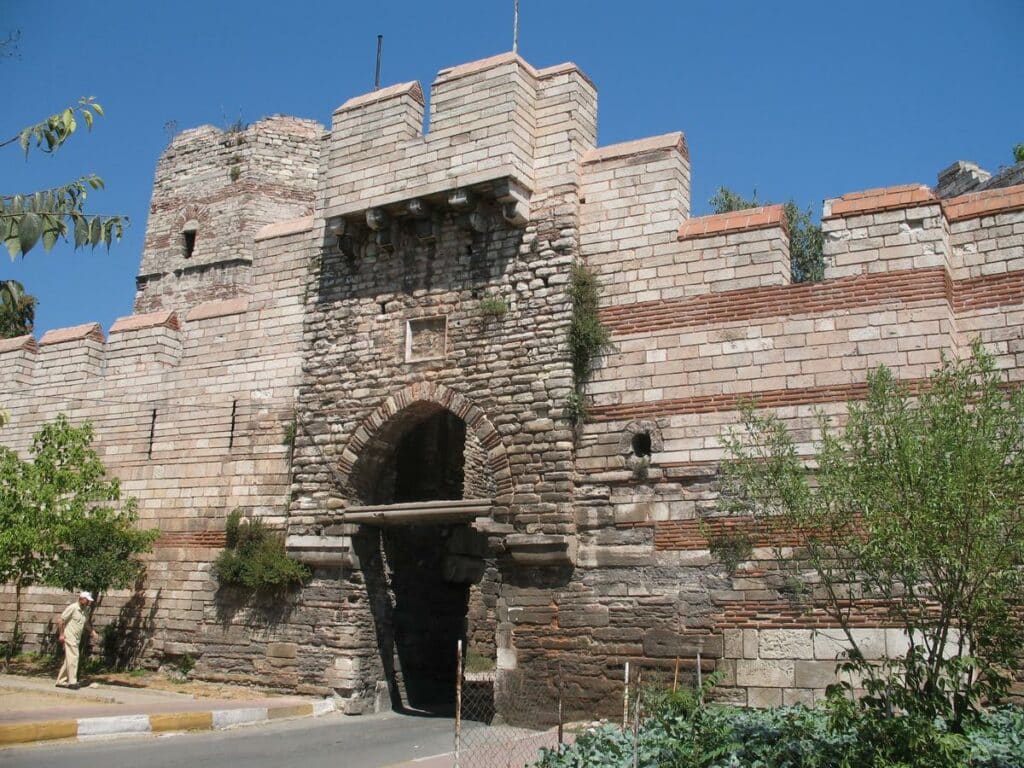
Strategopoulos was wracked with indecision: this was an unimaginable stroke of luck, with the city entirely undefended before him – but launching an attack against the greatest city in the world without the blessing of his Emperor would be near-certain suicide. After agonizing, the general decided he could not waste such a God-given opportunity. Under cover of darkness, his soldiers snuck into the city through an old monastery, and attacked the Theodosian walls from the inside, overwhelming the skeleton-crew night watch and opening the gates to the main Nicaean army. After a token resistance by the handful of Latin soldiers inside the city, panic spread amongst the Latin inhabitants of the City. Baldwin II and his retainers, along with the Crusader elite, fled the city in ignominious cowardice, rushing to the returning Venetian ships and leaving the city for good. He would die fifteen years later as an itinerant Emperor-in-name-only at the court of his European allies, his grand plans for reconquest having come to naught.
Entering into the city two weeks later, regent Michael Palaiologos did not enthrone his boy-Emperor – instead, he took the purple for himself, crowned in the Hagia Sophia as a new Byzantine Emperor Michael VIII Palaiologos. Thus, this act restored the Byzantine Empire under the Palaiologos dynasty, which would rule uninterrupted until their defeat at the hands of the Ottoman Sult’n in 1453 CE.
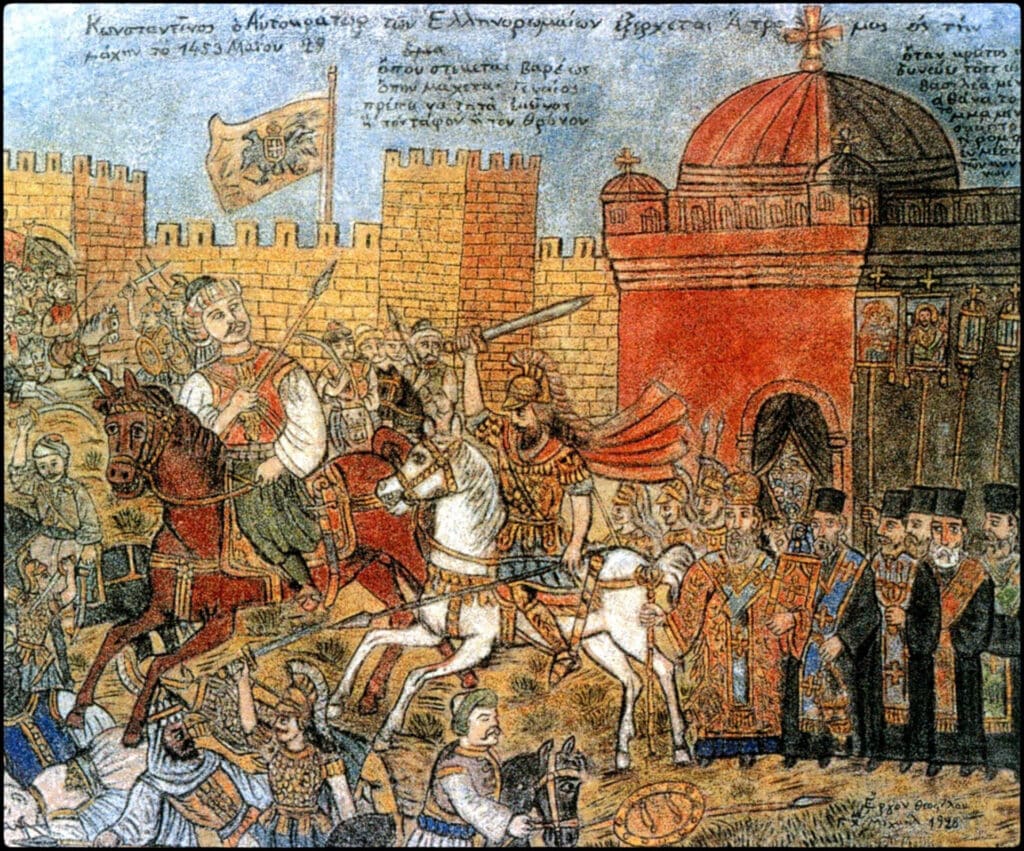
But, the Byzantium of 1261 CE was a pale shadow even of the Byzantium of 1204 CE. Many former Byzantine lands had been lost to the other states of the region, such as the Bulgarians and the Sultanate of Rum. The fragmented Greek states had given significant bases of power to other rival families, and they would be a constant thorn in the Palaiologoi’s side. And even the Palaiologoi themselves would be prone to civil war and infighting. They would preside over the long decline of the position of Emperor, and by the Ottoman conquest, the Imperial title was little more than a figurehead for the Ottoman administrators over Byzantine affairs. The Frankokratia had done its damage: perhaps the Latin Empire didn’t cause the end of the Roman Empire, but it certainly tied the only remaining hand of the Emperor behind his back.

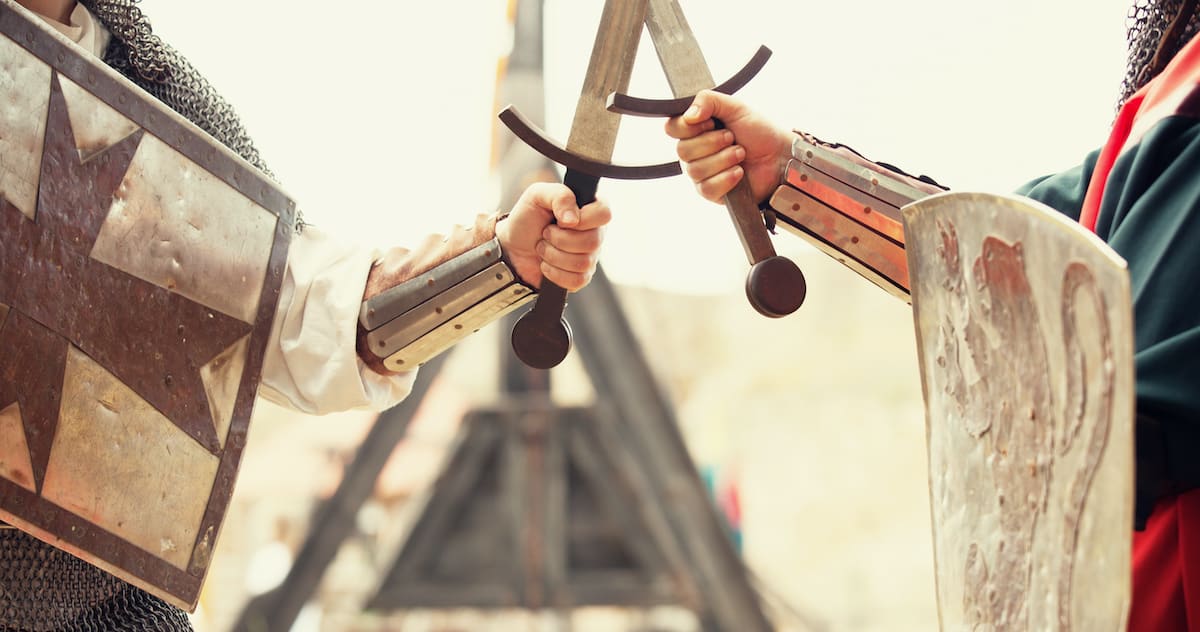 Historical Swords
Historical Swords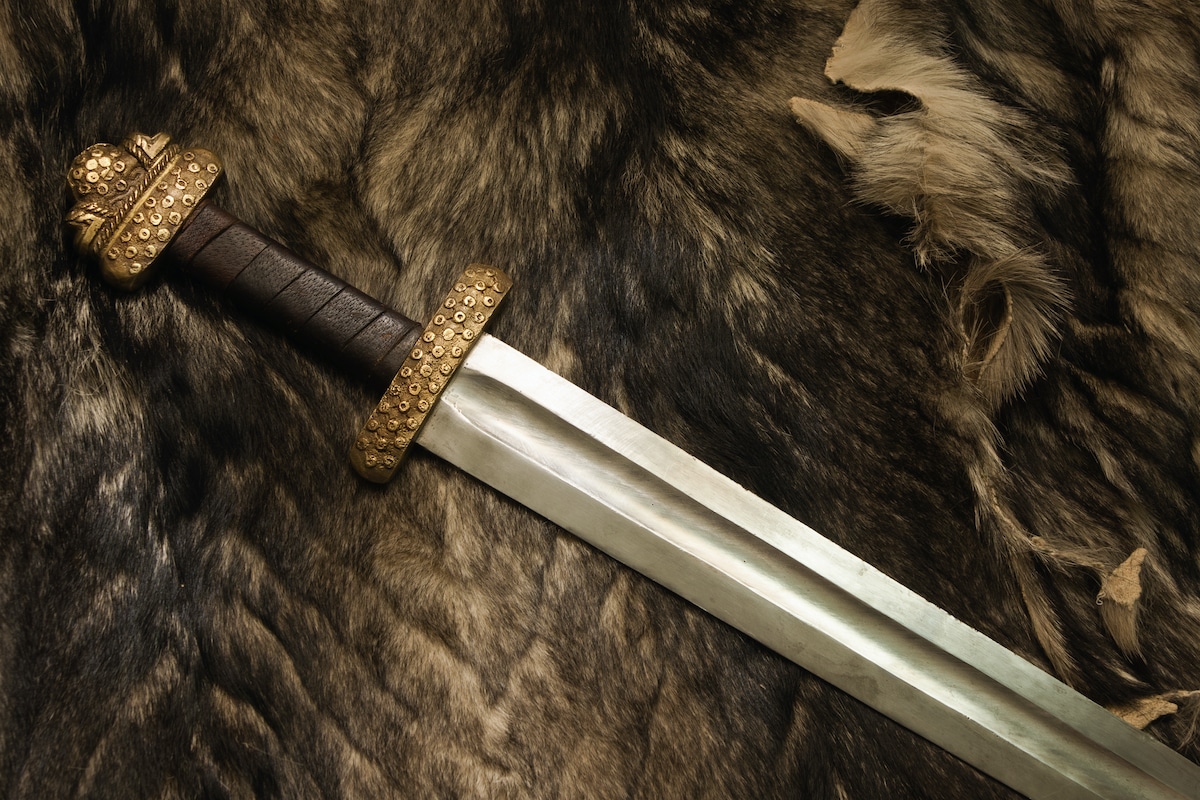 Norse & Viking Swords
Norse & Viking Swords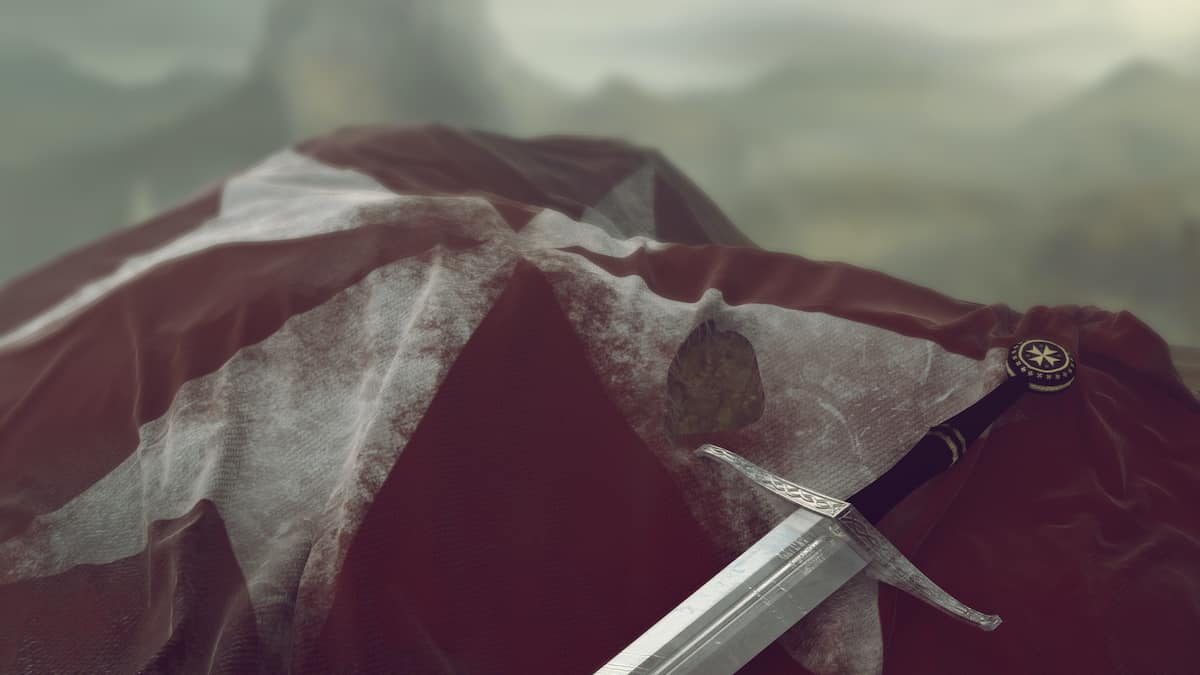 Templar Swords
Templar Swords Claymore Swords
Claymore Swords Fantasy Swords
Fantasy Swords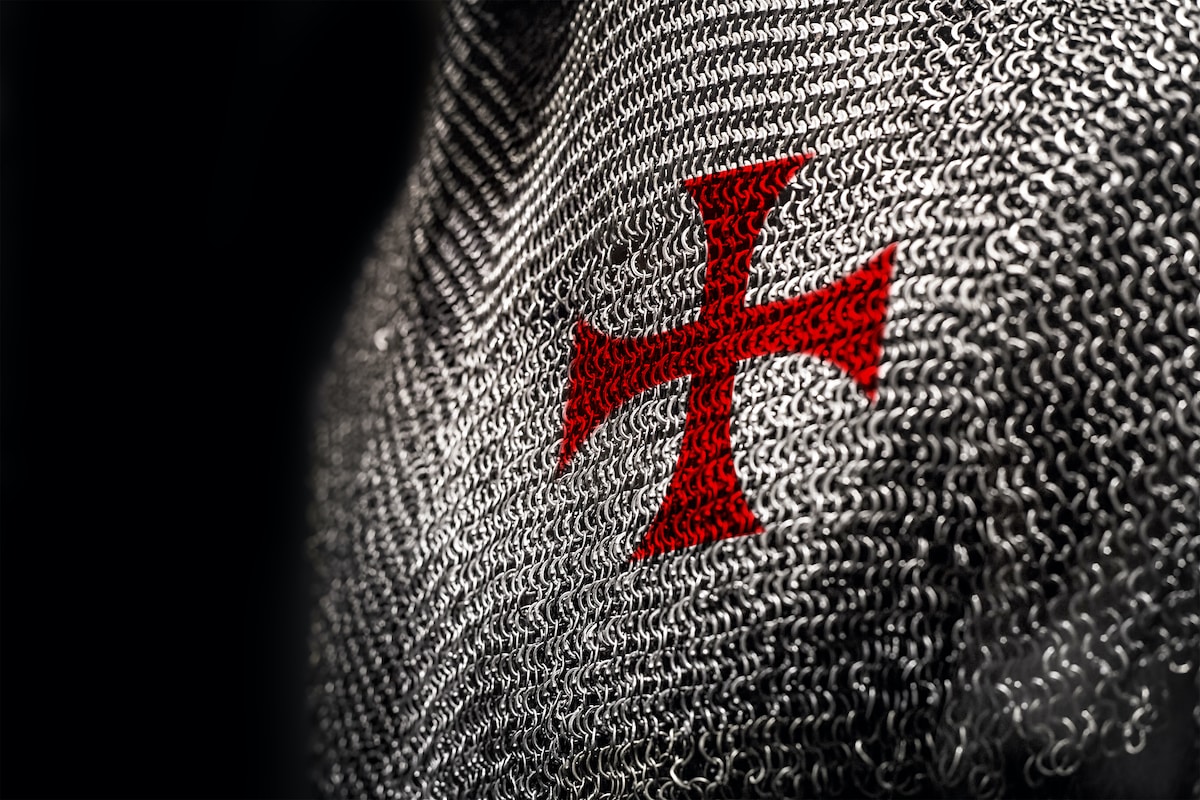 Chainmail
Chainmail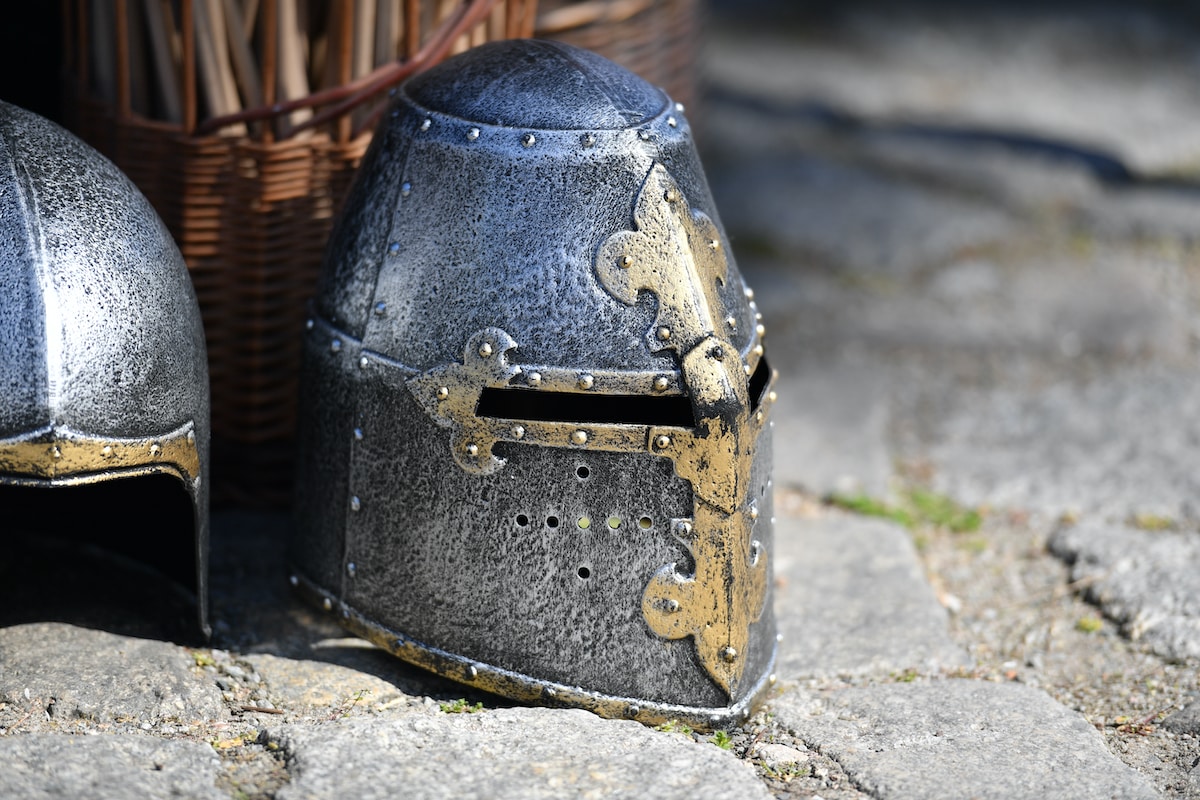 Helmets
Helmets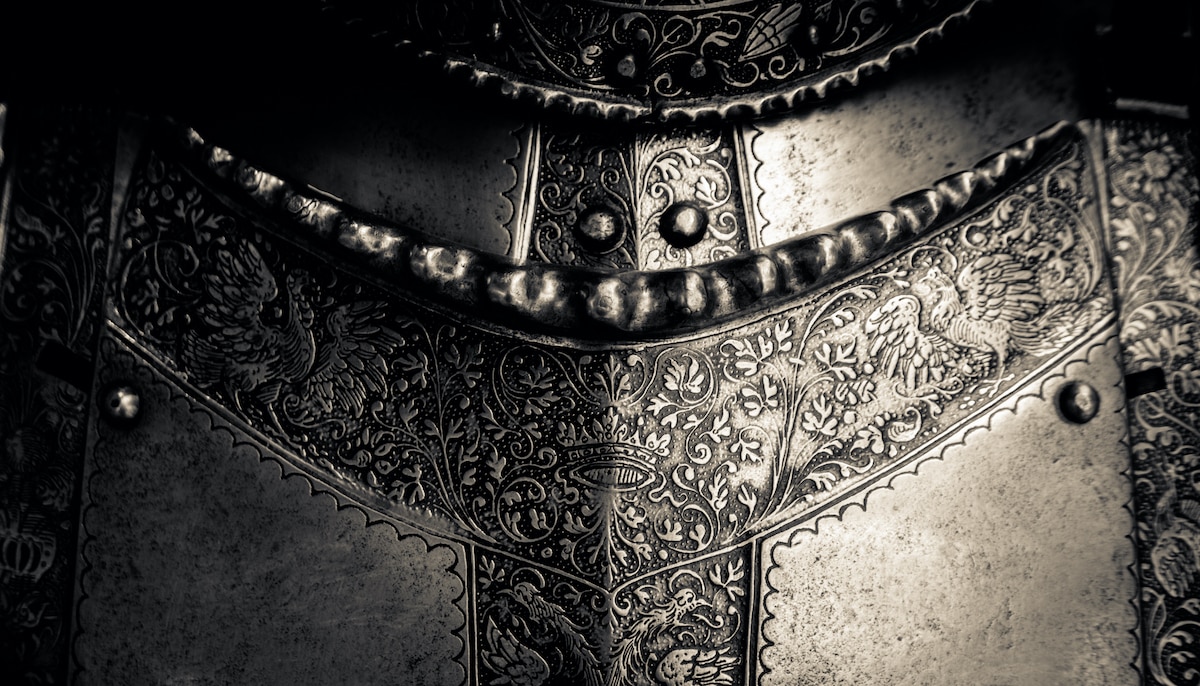 Torso Armor
Torso Armor Bracers and Arm Protection
Bracers and Arm Protection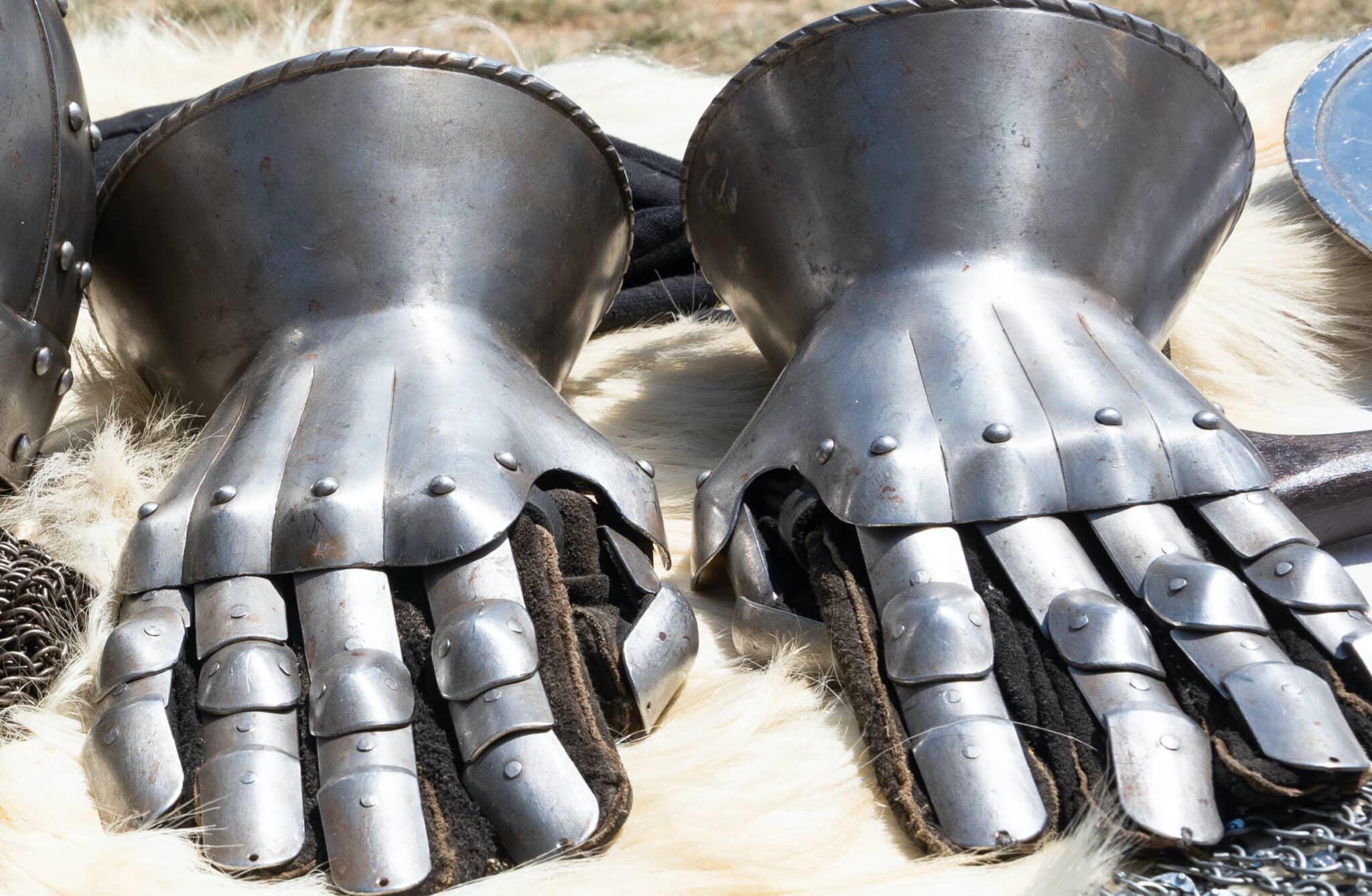 Gauntlets
Gauntlets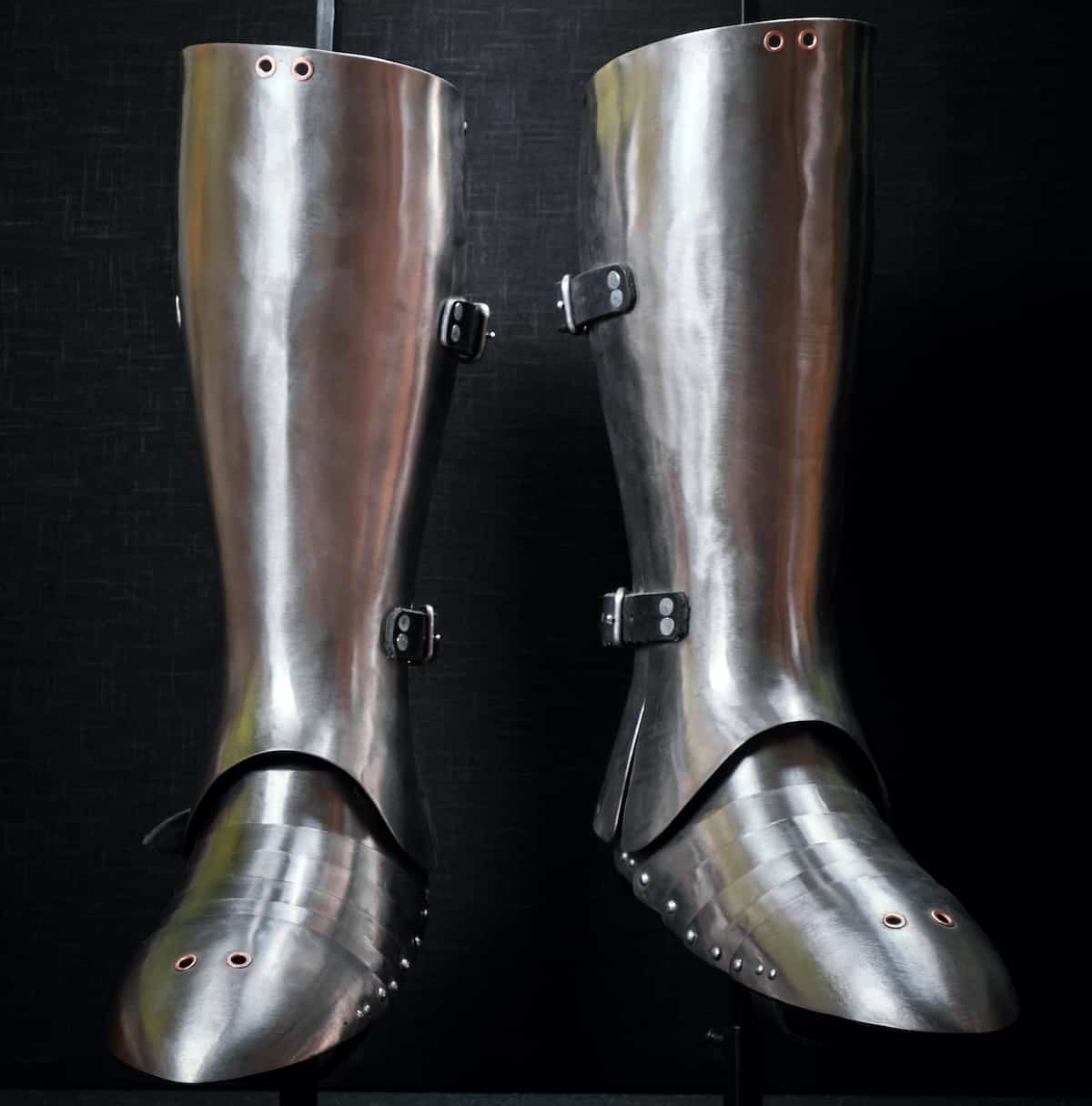 Leg Armor
Leg Armor Cloaks
Cloaks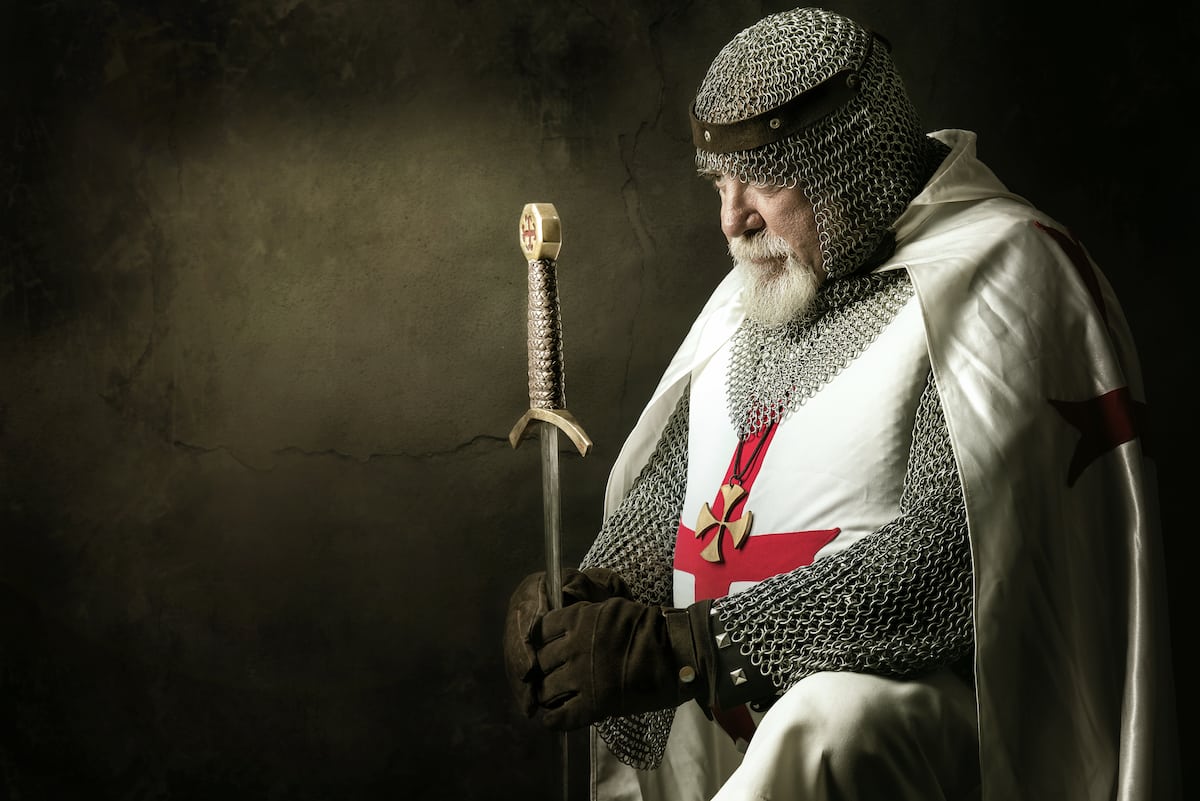 Tabards
Tabards Shirts
Shirts Tunics
Tunics Dresses
Dresses Pants
Pants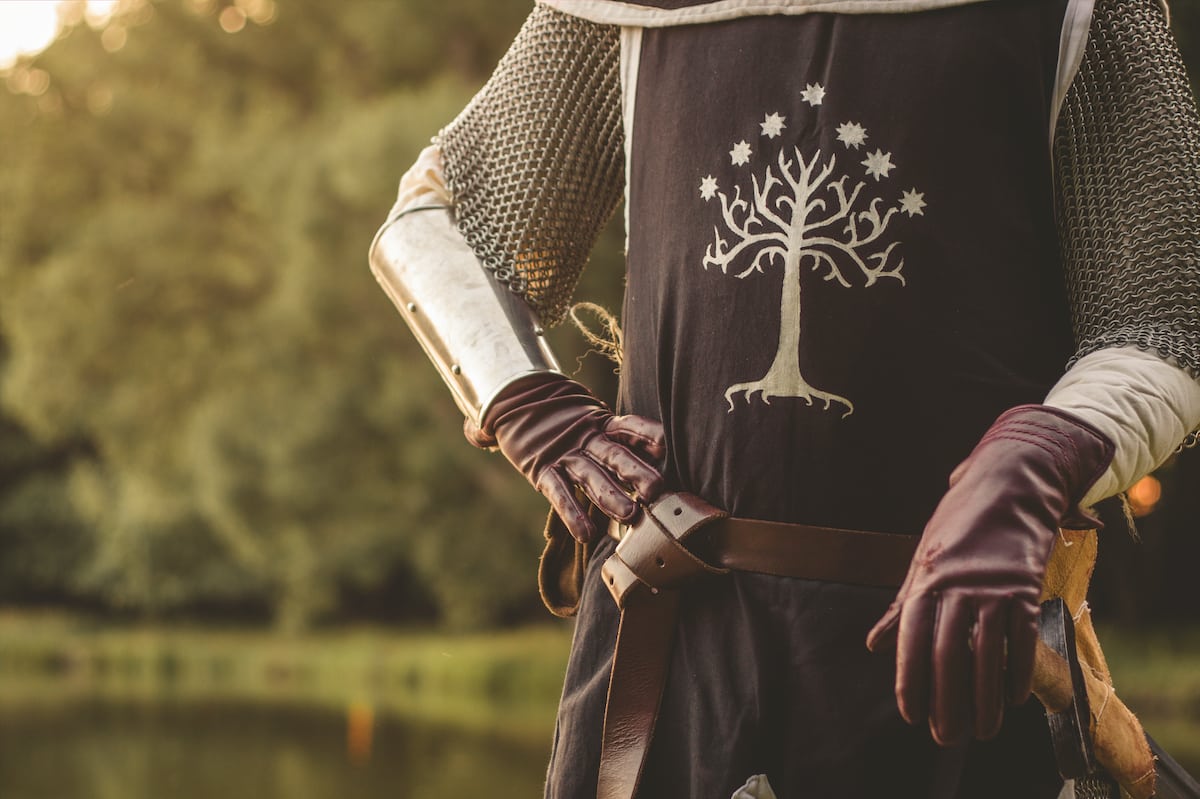 Gloves
Gloves Belts
Belts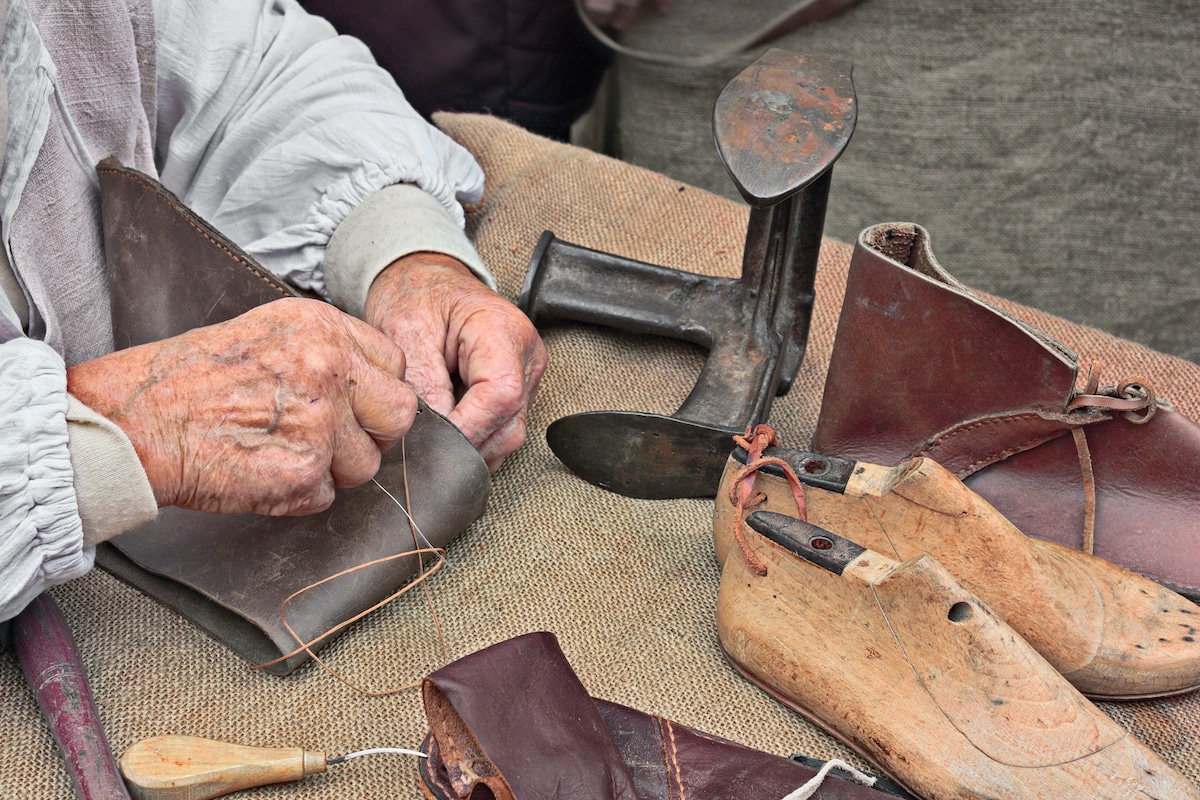 Shoes
Shoes Rings
Rings Necklaces & Pendants
Necklaces & Pendants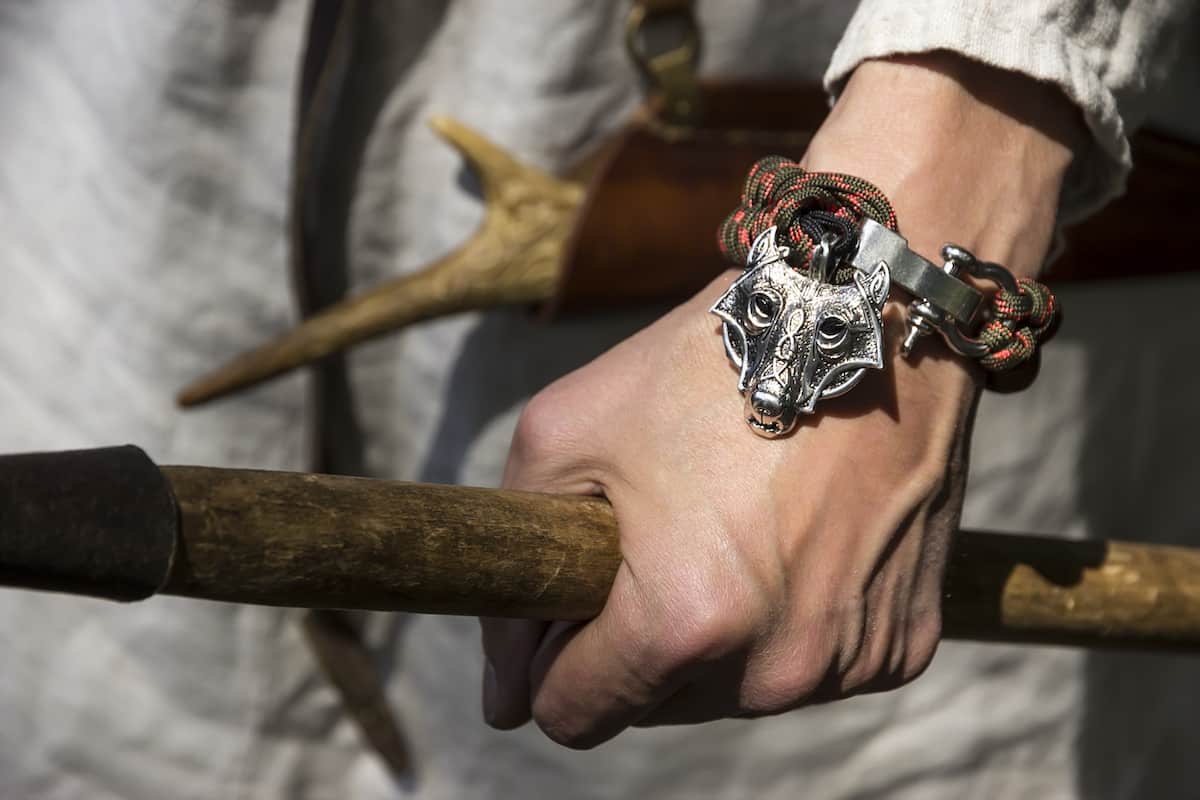 Bracelets
Bracelets


